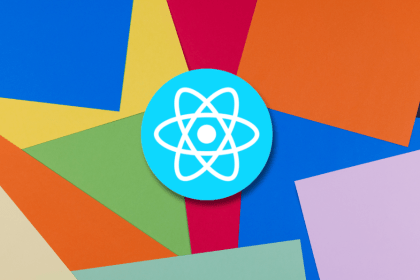
Making carousels can be time-consuming, but it doesn’t have to be. Learn how to use React Snap Carousel to simplify the process.

Consider using a React form library to mitigate the challenges of building and managing forms and surveys.

In this article, you’ll learn how to set up Hoppscotch and which APIs to test it with. Then we’ll discuss alternatives: OpenAPI DevTools and Postman.

Learn to migrate from react-native-camera to VisionCamera, manage permissions, optimize performance, and implement advanced features.
2 Replies to "New in Chrome 76: The frosted glass effect with backdrop-filter"
Instead of writing
@supports (backdrop-filter: none) {
…
backdrop-filter: blur(8px);
…
}
one should be writing
@supports (backdrop-filter: blur(8px)) {
…
backdrop-filter: blur(8px);
…
}
because you’re not in fact interested if the browser supports “backdrop-filter: none”, right?
This is especially important once you realize that the same property (e.g. display) supports values with wide range of support by different UAs.
Hi Mikko,
The idea is to query the support of the property instead of the value. Querying for “backdrop-filter: none” will throw the same true / false result as querying for “backdrop-filter: 8px”, but allow us to change the value in a single place if for whatever reason we decide to do that in the future.
It might not be such a dramatic impact in the small scale, but going with a query for property+value can lead to issues as the codebase grows and we start to have a lot of repetition and forgotten queries that doesn’t really make sense.
Your point is certainly valid for properties such as display or position, but for most others, querying for property instead of property+value is a better approach in my opinion.